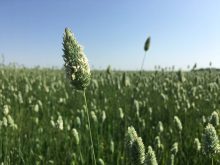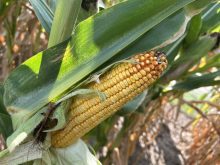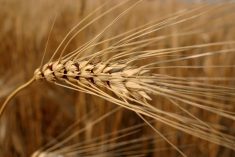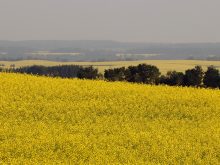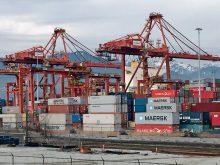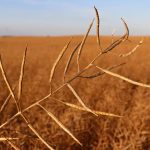Most of the durum grown on the Prairies ends up on consumers’ plates in the form of pasta like spaghetti, rotini and lasagna.
The Canadian Wheat Board is hoping that soon a significant amount will find its way into bowls of Asian noodles.
A team from the CWB, the Canadian International Grain Institute and the Canadian Grain Commission’s grain research laboratory (GRL) is in Japan and Thailand this week promoting the use of durum to produce noodles.
The goal is to expand the 6.5 million tonne world market for durum by possibly as much as a million tonnes.
Read Also
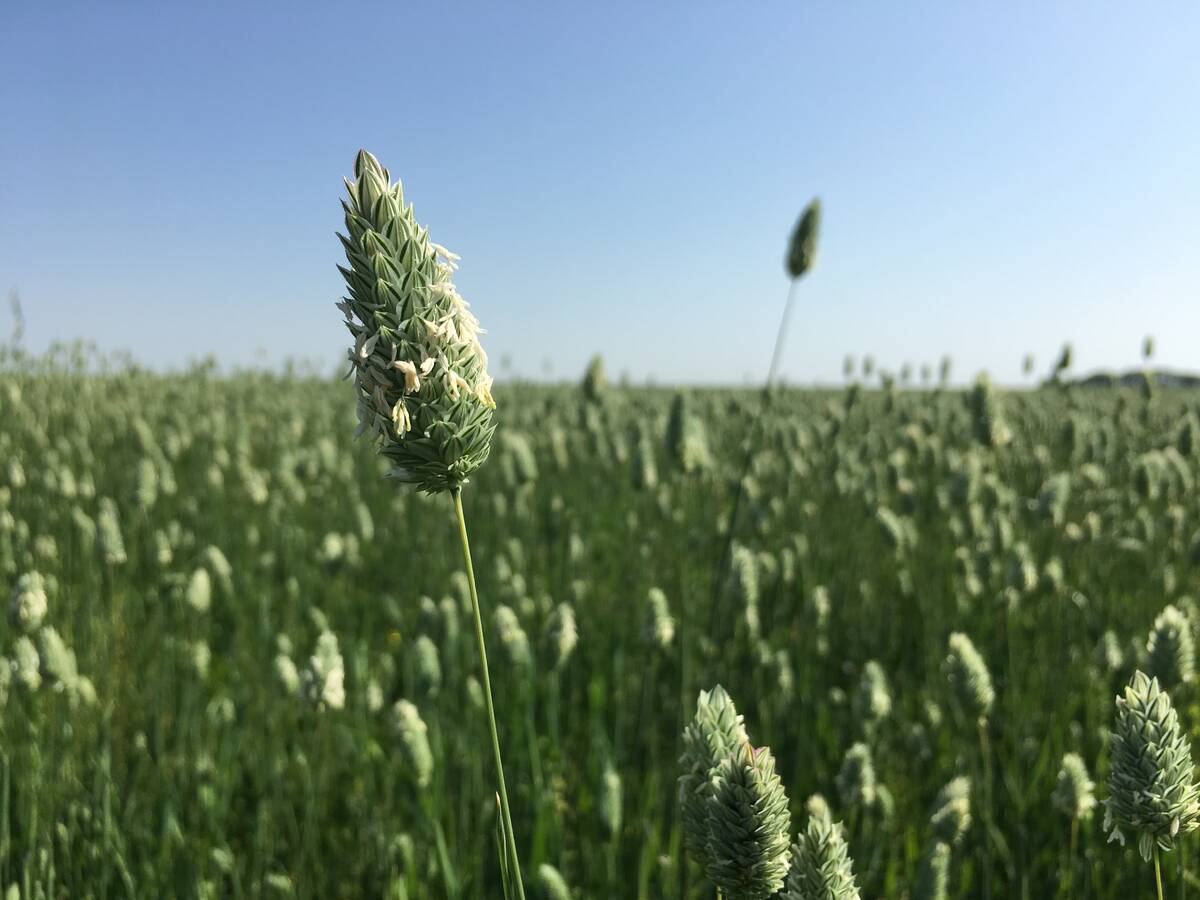
No special crop fireworks expected
farmers should not expect fireworks in the special crops market due to ample supplies.
“In Western Canada we tend to produce more durum than the market can manage from year to year,” said Earl Geddes, the wheat board’s vice-president of product development.
“When we started on this path we were sitting with three million tonnes of durum to be carried into the next crop year. We thought, ‘wouldn’t it be nice if we had a marketplace for another million tonnes of that durum?’ “
The most obvious place to sell more durum seemed to be the huge Asian noodle market.
The Canadian team will meet individually with four Japanese milling and processing companies and hold a seminar in Bangkok with about 15 Thai companies.
The mission is largely technical, with scientists from CIGI and the GRL explaining to potential buyers how durum can be incorporated into existing noodle production.
Noodles are traditionally made from bread types of wheat. For example, of the roughly one million tonnes of Canada Western red spring sold to Japan each year, about 35 percent, or 350,000 tonnes, goes for noodle production.
Durum has been used to produce noodles in the past, but with limited success. CIGI came up with the idea of grinding the durum flour more finely than is the case for pasta production, which enables the flour to hydrate more quickly when mixed with water and results in high quality yellow alkaline or hokkein noodles.
Noodles made from CWRS require the addition of yellow colouring and tend to go off colour after a time, while durum produces a naturally yellow noodle.
“The colour is good, the texture is good and the taste is good,” Geddes said.
One Japanese company has been using durum for two years. Its exclusivity agreement with the board has expired, so the agency is now looking to develop new markets in places such as Thailand, Singapore, Malaysia, China and Taiwan.
Some companies have included a small percentage of durum in their noodle grist, but the board is trying to sell them on the idea of going 100 percent durum.
Geddes said it will likely take time to convince Asian millers and processors to switch from traditional methods and ingredients they have used for thousands of years.
“But if we can show them that the profitability is there and the quality is there, we think we can see some changes over the next two or three or four years.”
Durum usually sells at a premium to hard red spring wheat, but processors can extract a higher yield from durum flour than from spring wheat because of the colour issue.
“Even at a premium, durum can still make economic sense,” Geddes said.
Durum acreage and production is expected to increase this year in Canada and globally.
Canadian production is forecast by Agriculture Canada to be 5.15 million tonnes, up by 40 percent from last year. World production is forecast by the International Grains Council to be up nine percent to 38.1 million tonnes.
Canadian exports are forecast to be 4.2 million tonnes, above the five-year average of 3.7 million. Canada traditionally accounts for 50 to 60 percent of the world durum trade.


